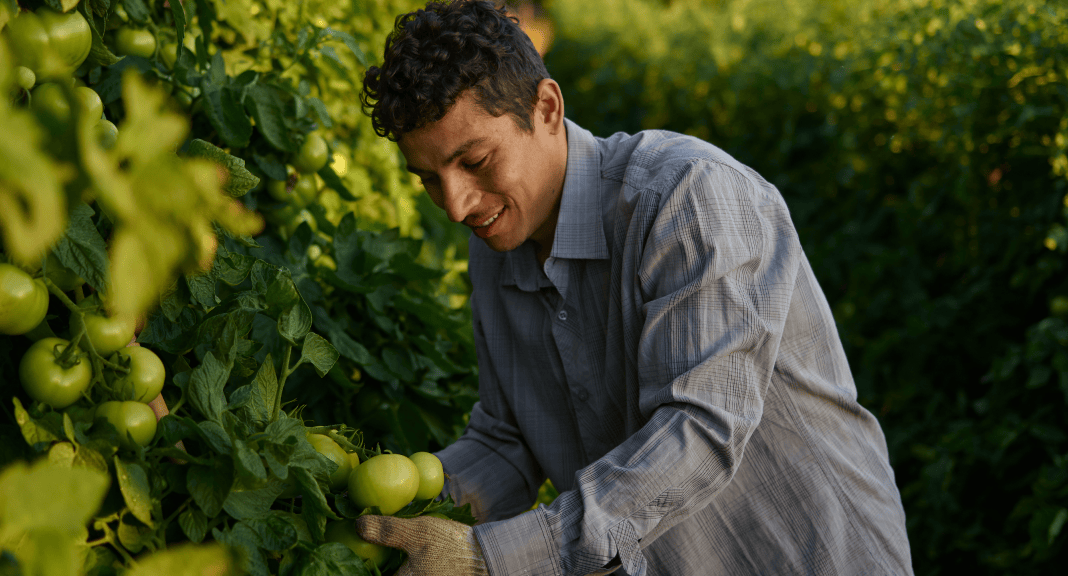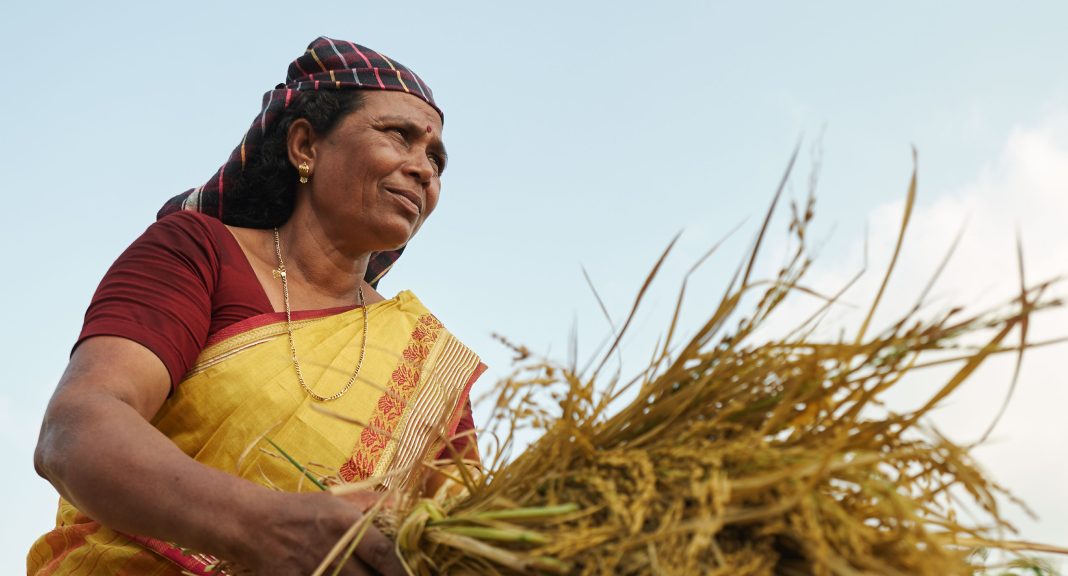Governance related to nature reflects our proactive engagement with the ecosystems integral to our business. Our strategic actions include innovative product development and collaborative partnerships aimed at preserving biodiversity.
We’re not only pioneering in product and productivity innovations that support ecological balance, but also in operational improvements that contribute to a healthy environment.
Nature in our operations
We are at the forefront of more sustainable agriculture technologies, providing seed and crop protection solutions that support farmers while prioritizing environmental stewardship. Our operations are deeply connected to the landscapes we serve, making it essential to understand the interdependencies between our activities and the ecosystems around us.
In 2024, we conducted our first Taskforce on Nature-related Financial Disclosures (TNFD) nature-impact, risk, and opportunity assessment on our direct operations to evaluate these connections and uncover opportunities for more sustainable impact. Through this process, we gained data-driven insights into how our operations influence local ecosystems, such as watershed dynamics, where we analyzed water usage and availability at a granular level. This knowledge allows us to define thresholds for reporting impacts and baselines, particularly regarding land-use changes, helping our actions align with nature-positive principles.
By doing so, we can strengthen the sustainability of our operations while minimizing environmental risks. Importantly, these findings are not confined to our operational boundaries.
They inform decisions across our value chain, enabling us to identify practices that promote biodiversity, enhance resource efficiency, and deliver long-term value for farmers and the environment. This work underscores our commitment to driving agriculture toward a more sustainable future.
TNFD priority location categories
Assessment locations
All geographic locations in the organization's direct operations
Sensitive locations
Locations where the assets and/or activities in the organization's direct operations interface with nature in areas deemed to be ecologically sensitive.
Material locations
Locations where the organization has identified material nature-related dependencies, impacts, risks and opportunities.
Priority locations
for Strategy D disclosure
Nature in our value chain
Ensuring quality data through surveying and baselining was pivotal to comprehending and adopting leading biodiversity practices both upstream and downstream of our operations. We undertook soil health surveys among our seed growers to identify sustainable land practices, including tillage avoidance, grassing waterways, biofiltration, and crop windbreaks. Additionally, we conducted extensive surveys across all our operations, encompassing Seed and Crop Protection business units, and R&D function, to gain insights and further define our biodiversity performance.
This comprehensive understanding of effective measures employed across our sites and among our growers is instrumental in enhancing our ability to evaluate and implement biodiversity practices more effectively in the future.
Water use in our operations
With approximately 200 sites worldwide, we assess water risk at facilities that use over 100,000 gallons of water annually. Our assessment is based on key indicators such as baseline water stress and baseline water depletion, utilizing geolocational aqueduct data through the WRI Water Risk Framework. Our latest review identified fewer than five crop protection manufacturing sites and around 40 R&D and seed production sites that may be exposed to water risks spanning North America, Europe, Asia, Latin America, and Africa.
We acknowledge that water is a critical resource for our growers and our operations, as it is used as an ingredient in our products, and our contract growers use water for growing seeds. Therefore, any disruption in water availability could potentially impact our production capabilities and financial performance. However, we have implemented robust water stewardship policies and practices to adapt to these risks. These include encouraging the reuse and recycling of water in water-stressed regions, implementing zero liquid discharge facilities, and strategically locating our most water-intensive activities, like biological fermentation, at sites where water and wastewater technology are plentiful.
Given the global presence of agriculture, our seed manufacturing and R&D operations engage with regions where water risk is a concern, in contrast to our crop protection sites, which are strategically located in areas with plentiful water.
Corteva has the value creation solutions to help producers optimize soil health and water quality through innovative microbial and nutrient efficiency technology. MycoUp® and Resid™, based on mycorrhizae innovation, form symbiotic relationships with plant roots, improving soil structure and boosting nutrient and water uptake. Meanwhile, the suite of nutritional efficiency offerings, Utrisha™ N nitrogen stabilizer, Omsugo™ P plant growth regulator, and Masterfix™ plant growth regulator, enhances the availability and use of vital nutrients like nitrogen and phosphorus, reducing fertilizer input requirements and protecting waterways from runoff. By fostering healthier soil ecosystems and more efficient nutrient cycling, these solutions enable sustainable farming practices that benefit both productivity and the environment.
Our Taskforce on Nature-related Financial Disclosures (TNFD) pilots, testing one of the first nature-related impact, risk, and opportunity assessments, underline our ongoing commitment to environmental responsibility within our business strategy.
As we continue refining our methodologies, we recognize this field is still in its early stages and are committed to advancing it further. This work supports our sustainability targets, including enhancing biodiversity on 25 million acres by 2030 and aligning sustainable product innovation with SDG 6: Clean Water and Sanitation, demonstrating our unwavering commitment to ecological stewardship.





